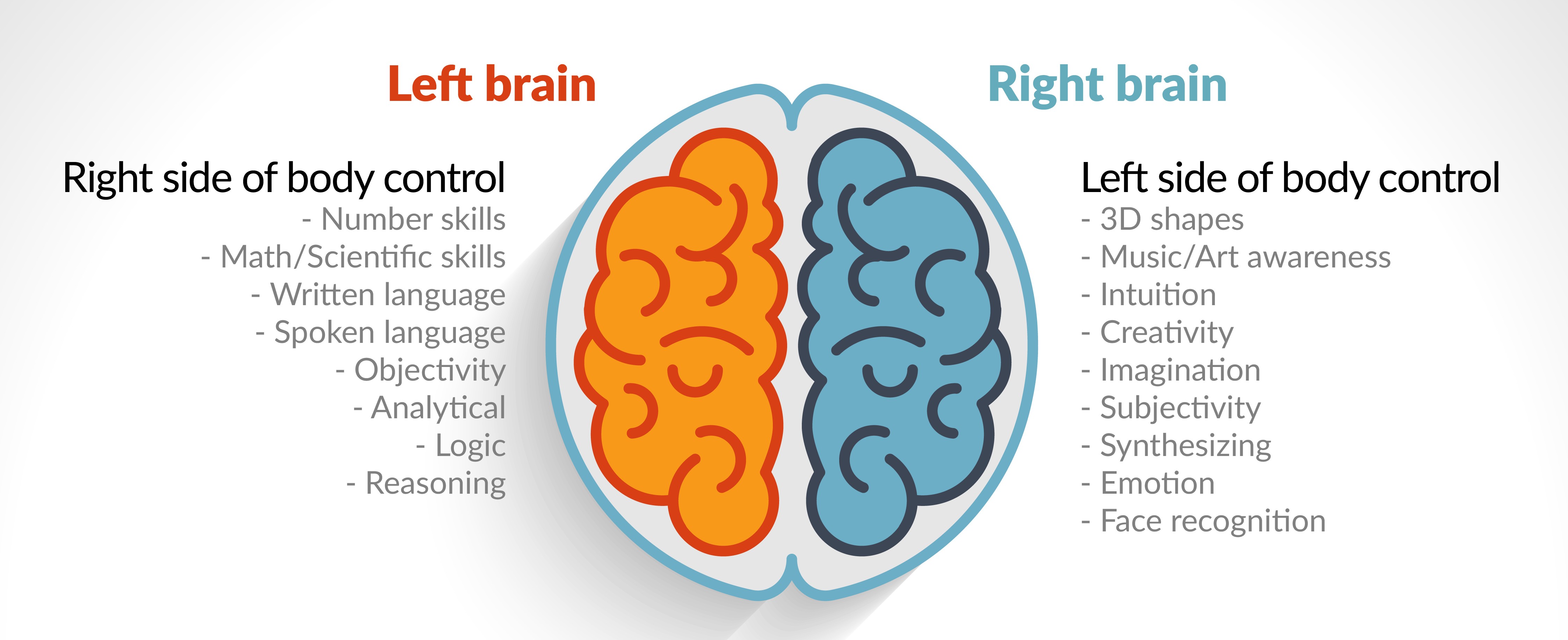Inside the Mind's Canvas: Finding Where Innovation Lives in the Mind
Imagination is a fascinating facet of individual knowledge that allows us to believe outside the box, happen up with innovative concepts, and share ourselves by means of a variety of imaginative forms. Whether it's paint, writing, or comprising music, imagination plays a critical duty in forming our culture and lifestyle. But have you ever before asked yourself where creative thinking stays in the mind? What occurs inside our thoughts when we interact in imaginative activities? In this article, we are going to check out the nerve organs mechanisms responsible for creative thinking and dig into the intriguing world of the mind's canvas.
The imaginative procedure is complex and involves several locations of the brain working with each other in harmony. Neuroscientific study has presented that creativity involves a fragile equilibrium between different intellectual feature such as imagination, moment, focus, and thinking. Through
brainhealthandpuzzles how these functions socialize within the brain, we can acquire knowledge into where ingenuity stays.
One of the key human brain regions linked along with creative thinking is the prefrontal peridium (PFC). The PFC is accountable for higher-order cognitive feature such as decision-making, problem-solving, and strategy. It acts as an executive command center that regulates various other human brain locations involved in creative thinking. Researches have shown that individuals along with extra energetic PFC usually tend to exhibit higher amounts of creative thinking.
Another region entailed in creative thinking is the default mode network (DMN). The DMN is a system of human brain regions that ends up being energetic when our thoughts are at rest or involved in internally focused tasks such as daydreaming or thinking of future cases. This system facilitates concept creation through permitting different regions to connect and form brand new hookups. It has been suggested that disruptions within this network can lead to lowered creative abilities.
The hippocampus likewise participates in a critical duty in ingenuity by combining information coming from various resources and creating organizations between them. It functions as a center for mind handling and access, enabling us to pull upon previous experiences and know-how when engaging in innovative tasks. Research studies have presented that individuals along with far better moment potentials often tend to be even more innovative, highlighting the usefulness of the hippocampus in the imaginative procedure.
Moreover, the parietal pallium has been related in creative thinking. This location is involved in spatial processing and attentional management, enabling us to center on relevant relevant information while filtering out disturbances. It assists us attach dissimilar ideas and produce novel organizations, a essential facet of creative thinking.
Fascinatingly, research has suggested that ingenuity is not entirely reliant on particular human brain locations but somewhat on the dynamic communications between them. These interactions take place within what scientists get in touch with "human brain networks," which are like freeways connecting different brain regions. Neuroimaging researches have presented that strongly innovative individuals exhibit more significant connection within these systems, recommending even more efficient communication between mind locations involved in imagination.

Additionally, neurotransmitters such as dopamine and serotonin play a critical job in regulating innovation. Dopamine is associated along with benefit and motivation and has been linked to boosted imaginative thinking. On the various other hand, serotonin effect state of mind and emotional conditions, affecting our potential to assume creatively.
While we have helped make significant progress in understanding where innovation resides in the brain, there is still much to learn concerning this complex phenomenon. Potential research study using sophisticated neuroimaging procedures and innovative experimental concept will likely dropped even more illumination on the nerve organs devices behind imagination.
In verdict, ingenuity arises coming from a delicate exchange between several mind regions involved in creative imagination, memory access, attentional management, and intellectual adaptability. The prefrontal cerebral cortex functions as an executive control center, coordinating other brain locations in the course of artistic tasks. The default mode system promotes suggestion production through permitting various locations to communicate successfully. The hippocampus combines information coming from past experiences to develop brand-new hookups throughout artistic thinking methods. The parietal pallium assists us make unique organizations through filtering out distractions and centering focus on relevant relevant information. On the whole, understanding where ingenuity dwells in the human brain offers useful ideas in to how we can easily support and enrich our very own imaginative capacities.
UNDER MAINTENANCE

